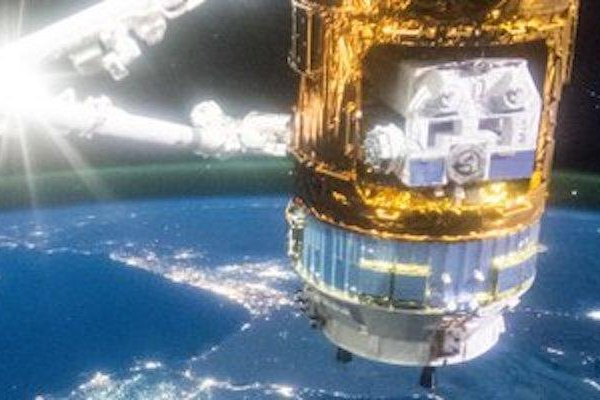Japan again will try to launch space mission to study mystery of gravity

1 of 2 | The Japan Aerospace Exploration Agency (JAXA) will try again Wednesday night to launch its XRISM mission to study spacetime warping in collaboration with NASA and the European Space Agency. The first launch set for Aug. 27 was scrubbed due to high winds. Image courtesy of JAXA
The Japanese Space Agency again will try to launch its X-Ray Imaging and Spectroscopy Mission after it was scrubbed because of high winds late last month.
The Wednesday launch is scheduled for 7:42 p.m. EST. Advertisement
The mission is a joint Japan Aerospace Exploration Agency-NASA project that also has some support from the European Space Agency. Researchers hope it will help them understand spacetime warping.
The XRISM mission is designed to help unravel the mystery of gravity, which Albert Einstein theorized was caused by the warping of spacetime around heavy objects.
A Japanese H-2A rocket will launch the mission from Tanegashima. It will perform high-resolution X-ray spectroscopic observations of the hot gas plasma wind that blows through the galaxies in the universe.
According to the Japanese Aerospace Exploration Agency, the observations gathered will help to determine mass and energy flows expected to reveal the composition and evolution of celestial objects.
The mission includes JAXA’s Smart Lander, which will fly as a ride-share on this launch, heading to the moon to test precision landing technology.
Since the launch is dependent on weather conditions, a launch window has been reserved Sept. 8-Sept. 15 as a back-up opportunity should Wednesday’s launch encounter any problems that would force a launch abort. Advertisement
Researchers hope this mission will also provide insight into deep space structures such as gigantic galaxy clusters and black holes.
The European Space Agency will be allocated 8% of the XRISM observation time. The agency plans to use it to cross-reference X-ray readings from its XMM-Newton spacecraft that’s been collecting data for two decades.
